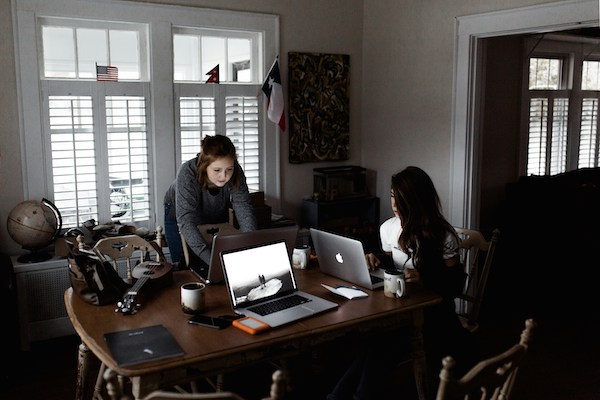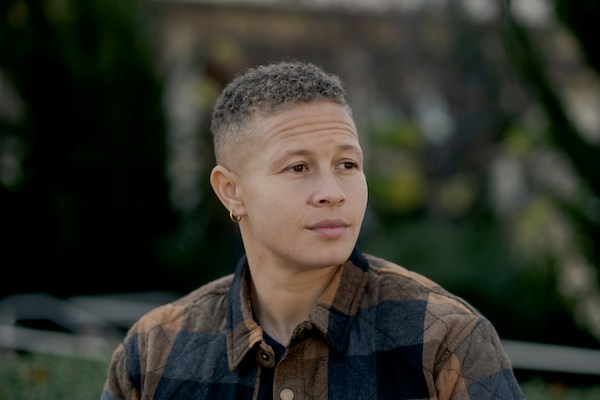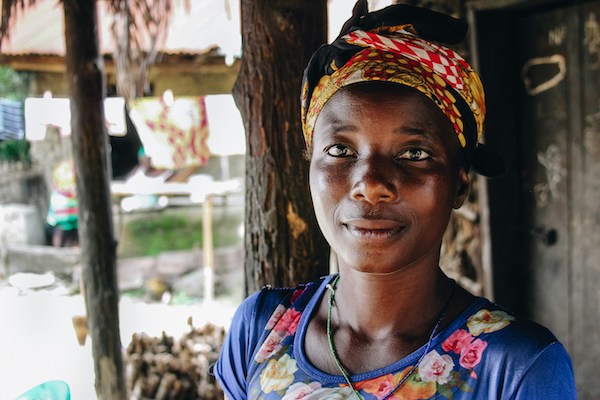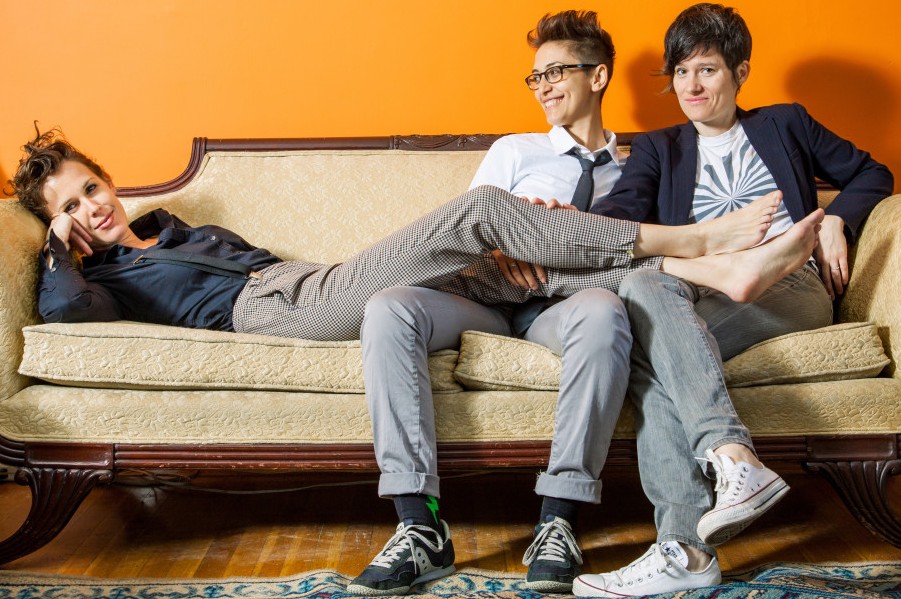
The Pushovers: Having a Party with Their Favorite People
June 9, 2014
‘Anatomy of a Love Seen’ Premieres at 2014 Outfest
June 10, 2014Top List Tuesday: Moments in LGBTQ American History That You Should Know
1924: Society for Human Rights
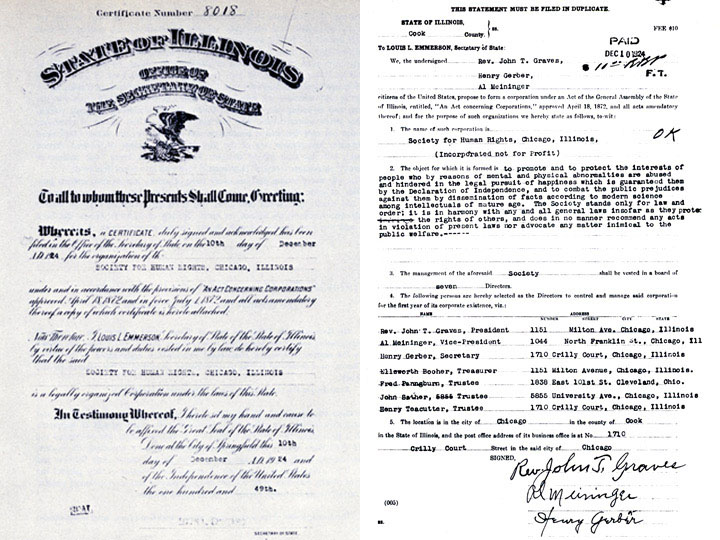
In Chicago, December of 1924, Henry Gerber and six other men started the first known organization in the United States to focus on gay rights. Funded almost exclusively by Gerber, the organization published two newsletters titled, Friendship and Freedom. Unfortunately, less than a year later in 1925, police raided Gerber’s home and arrested the members of the organization. While the charges were eventually dropped, there were social consequences. Based on news surrounding the raid, Gerber lost his job and there was no documentation of another LGBT organization in Chicago for another 30 years.
1952: First Sex Reassignment Surgery
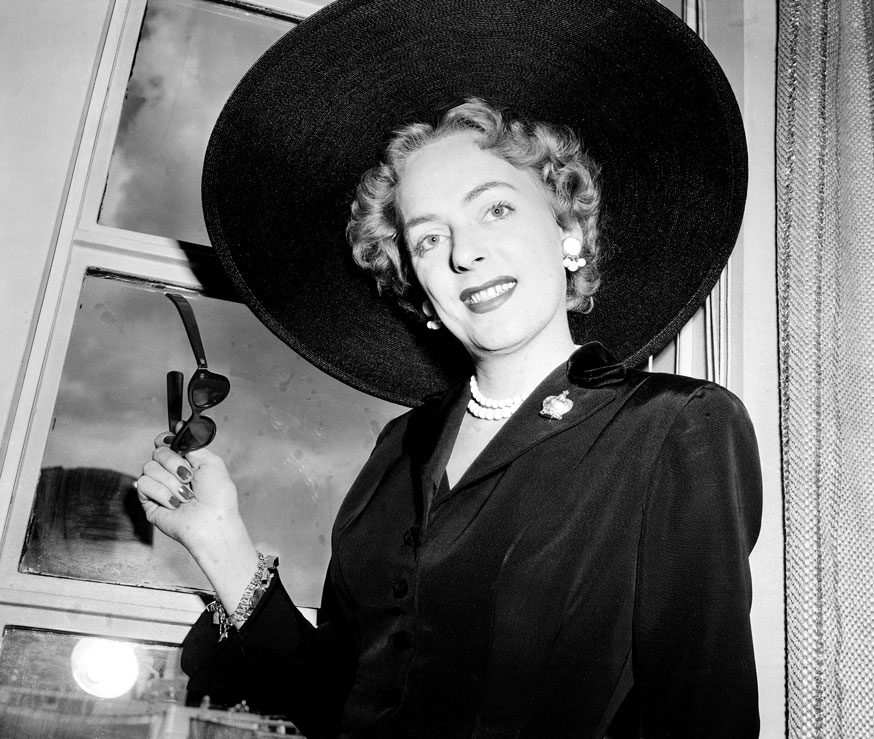
Christine Jorgensen
Lili Elbe was the first known recipient of male-to-female sex reassignment surgery, in Germany in 1930. She was the subject of five surgeries. However, she died three months after her fifth operation. Christine Jorgensen was likely the most famous recipient of sex reassignment surgery.
Christine Jorgensen was born in Bronx, New York in 1926. At a very early age, she was aware that her gender did not match her sex. She noted that as a teenager, she felt, “lost between the sexes.” After being drafted to the military in 1945 and discharged in 1946, she finally gained the courage to embrace her life and identity. Because it was only available in Europe at the time, she traveled to Denmark to undergo hormone therapy and multiple operations. Upon returning to the U.S., she was met by a slew of reporters and ultimately decided to tell her story to American Weekly for a fee. Because the U.S. government would not recognize her legally as a female, she was denied a marriage license when she became engaged.
1955: The Daughters of Bilitis
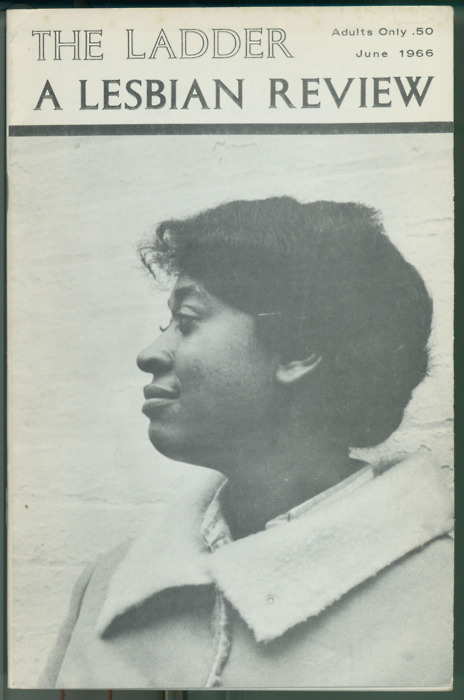
Starting as a small, secret social club in 1955 in San Francisco, the Daughters of Bilitis (DOB) grew to be the first national lesbian organization in the United States. By the early 1960s there were chapters in Los Angeles, Chicago, and New York. The organization also began producing a monthly lesbian magazine, The Ladder. Since it was common for police to raid bars in the 50s and 60s, the DOB offered a safe space for women to meet. As time progressed, the organization became a support system offering counseling, social services, and resources for lesbian concerns, but was open to all women.
1969: Stonewall Riots
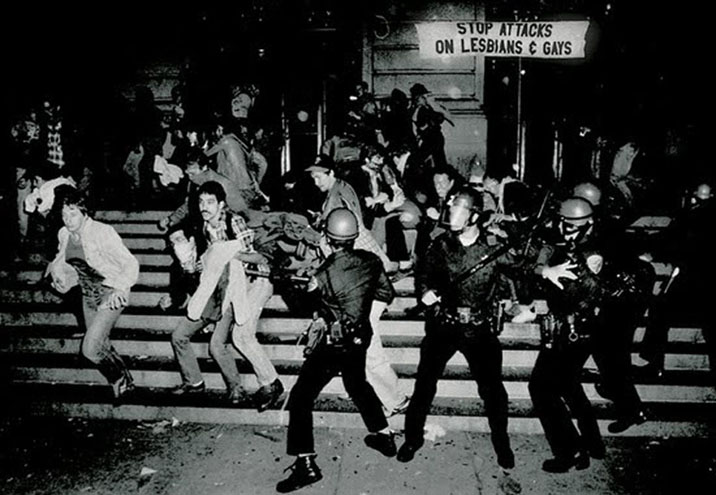
Often regarded as the catalyst for the LGBT movement, the Stonewall Riots mark a turning point in our history. During the early morning hours on June 28, 1969, a group of gay customers at Stonewall Inn located in Greenwich Village grew tired with the harassment by police, and finally took a stand. Word spread and more LGBT men and women arrived to demonstrate shouting, “Gay Power.” Police reinforcement came and beat the crowd away. The next night, however, the crowd returned in even larger numbers, totaling more than 1,000 people. For hours, protesters rioted until the police sent riot-control squads in to dissipate the protest. This continued for many days, serving as the inspiration for numerous gay rights group, as well as the first gay pride parade.
1973: The American Psychiatric Association & PFLAG
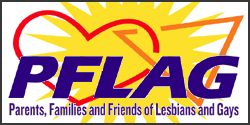
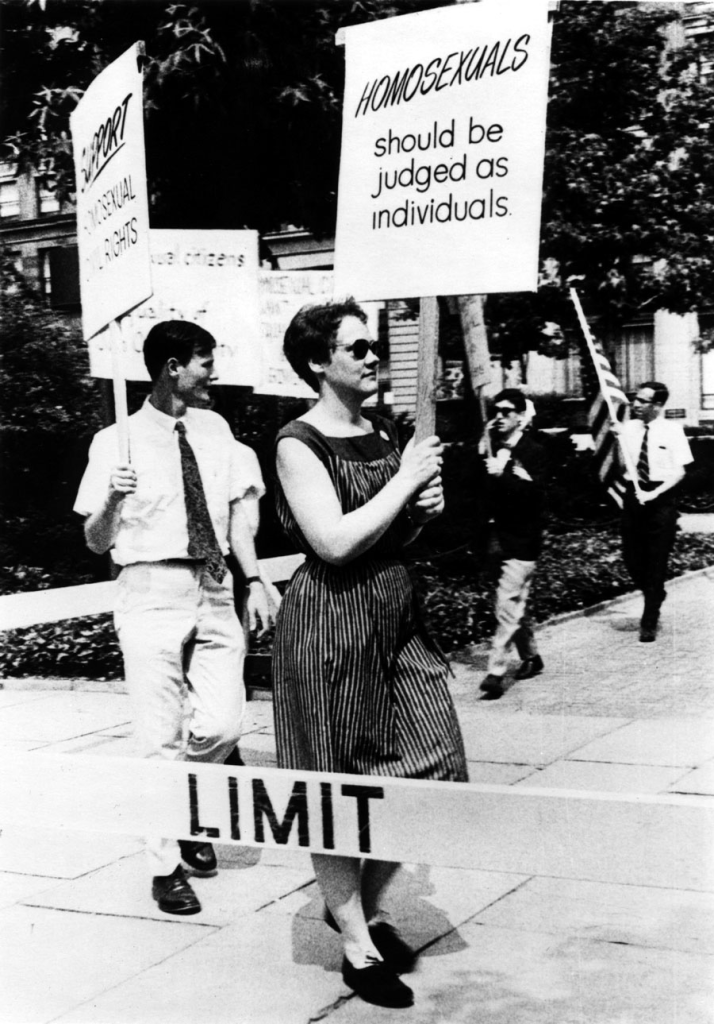
Until 1973, homosexuality was considered a mental illness, hence the reason society felt a sense of justification for the mistreatment of LGBT people. Fortunately, after a review of scientific literature and consultations with experts in the field of psychiatry, the American Psychiatric Association (APA) found that homosexuality did not meet the criteria of a mental disorder and removed it from its official diagnostic manual, the Diagnostic and Statistical Manual of Mental Disorders, Second Edition.
Also happening in 1973 was the first formal meeting of Parents, Families and Friends of Lesbians and Gays (PFLAG) held at the Metropolitan-Duane Methodist Church in Greenwich Village after Jeanne Manford was inspired by marching in the pride parade with her son the year prior. Since then, PFLAG has grown to have chapters across the country and is responsible for safe school legislation including the Department of Education’s ruling that Title 9 protects LGBT students from harassment based on sexual orientation.
1974: Kathy Kozachenko
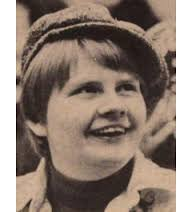
Many people are under the impression that Harvey Milk was the first openly gay politician elected to public office. While his legacy is crucial to the gay rights movement, it was actually Kathy Kozachenko who was the first openly gay American elected to public office. There were certainly other politicians who came out prior to Kathy Kozachenko, including Jerry DeGrieck and Nancy Wechsler, but what makes her story remarkable is that she ran for office while out. In April 1974, she won a position running with the Human Rights Party on the Ann Arbor City Council.
1980: The Democratic Party & Human Rights Campaign Fund
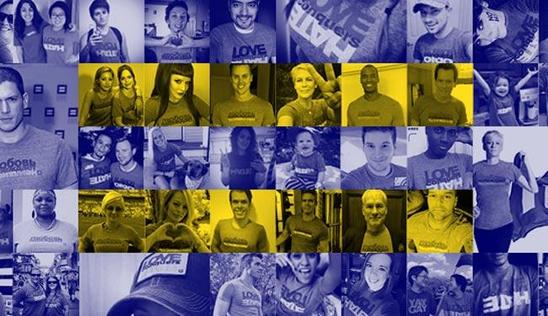
1980 was another important year for the LGBT movement. Political support for the LGBT movement had been a difficult process—after all, it wasn’t until 2012 that a United States President publicly announced support for same-sex marriage. Throughout the ’60s and ’70s, LGBT candidates were mainly restricted to the local level and the Democratic Party had been debating whether this was an issue they wanted to embrace. But in 1980, the Democratic Rules Committee announced that it would not discriminate against LGBT persons. That year at the Democratic National Convention, Democrats announced that they would be the first political party to endorse a homosexual rights platform. This was also the founding year of the Human Rights Campaign Fund, the first gay and lesbian political action committee—now known as the HRC. Founded by Steve Endean, the organization began raising money to contribute to campaigns for those who would fight for LGBT rights.
1987: ACT-UP
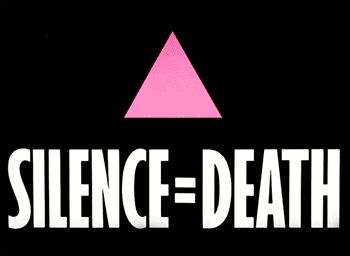
GRID (Gay-Related Immune Deficiency) was the name first proposed in 1982 for the cases that would later be known as AIDS. After a difficult decade with little recognition and slow response from the government to address the AIDS crisis, Larry Kramer founded the AIDS Coalition to Unleash Power (ACT-UP) in 1987. What made ACT-UP different from other advocacy groups was their direct action initiatives to bring about legislation and medical research in order to stop the loss of health and life. ACT-UP is well known for their protest demonstrations including infiltrating Wall Street and effectively shutting down the Food & Drug Administration for one day.
1993: Don’t Ask Don’t Tell
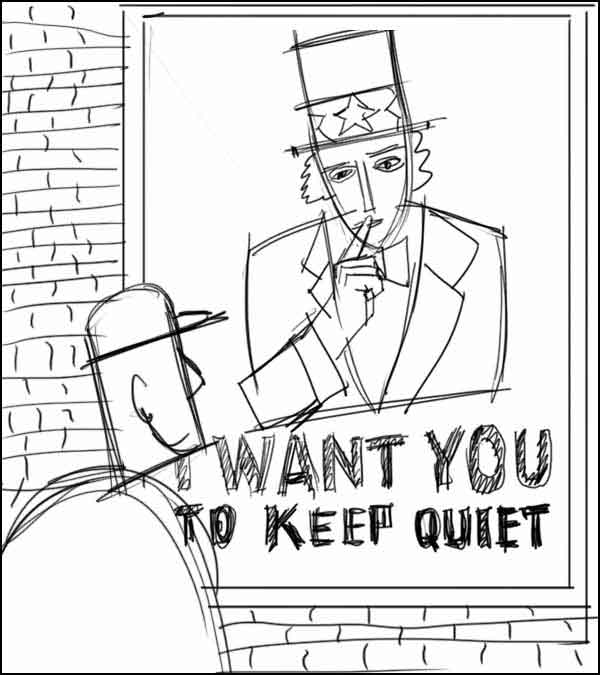
Around World War II, the United States began enacting policies in the military based on sexual orientation. They began a psychological screening process and given that homosexuality was considered a mental disorder at the time, it was a disqualifying trait. These laws existed until the end of 1993 when the Clinton Administration enacted “Don’t Ask Don’t Tell” (DADT).
This effectively allowed for closeted members of the military to serve, but still barred openly gay persons from serving. It specified that superiors could not initiate the investigation of a subordinate without witnessing some evidence of homosexual acts. This lasted until 2011 when President Barack Obama, the Secretary of Defense, and the Chairman of the Joint Chiefs of Staff all verified that repealing DADT would not harm military readiness. Since the repeal, openly LGB military members can serve; however, our transgender siblings are still disqualified.
The 2000s
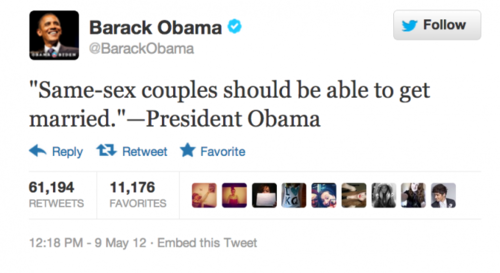
Since the beginning of the early 21st century, the LGBTQ movement has made tremendous strides. From secret organizations to direct action, it is clear to see that our predecessors have had a significant impact, not only on our past, but also on our present. In 2013, we waited, watched, and some of us even congregated in front of the Supreme Court of the United States as they ruled Section 3 of the Defense of Marriage Act unconstitutional, giving same-sex marriage federal recognition.
We have made significant gains, but there is still work to be done. We can’t stop until we achieve the social equality that we have long deserved. Until we can walk down the street holding hands, and no one gives us a second look. Until our transgender siblings are truly treated with the same equal rights. Until we aren’t wholly labeled based on one part of our identity, but that we are wholly embraced regardless of it.



